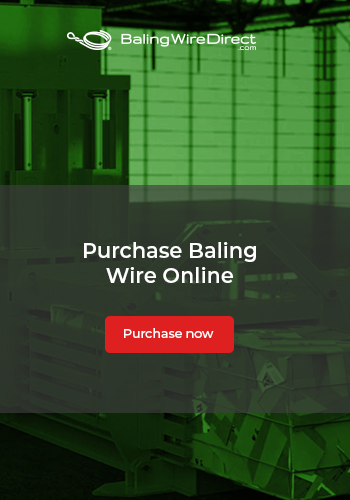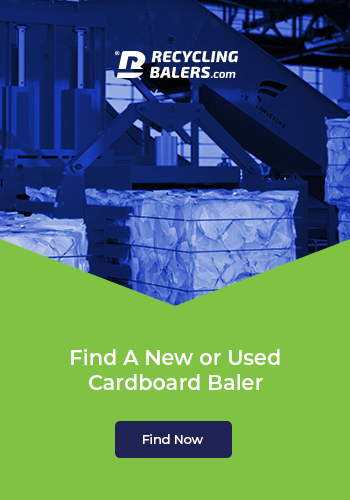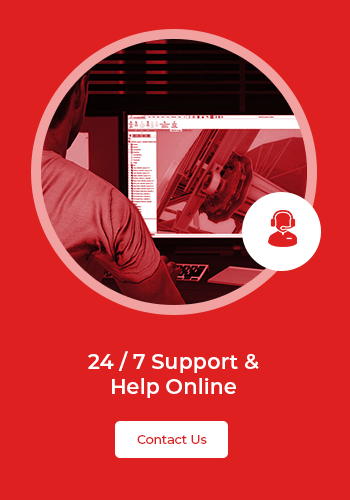How to Track a Flat Conveyor Belt
Conveyor belts are often an essential part of the everyday work process in hundreds of different industries. While they’re incredibly reliable, they can be prone to tracking issues, which is when a belt fails to align itself properly on the rollers, or it cannot maintain its desired path. It’s definitely an annoying problem, but thankfully, it can be fixed relatively easily.
Sometimes, the ease of the fix will depend on the material of the belt itself, as some types are very difficult to manipulate. In any case, if you’re having problems with your conveyor belts, there’s every chance that it’s a tracking problem. With this in mind, here are a few tips to help you track a flat conveyor belt in no time.
Check the Frame
Tracking the belt requires you to make sure the fundamentals of the system are in working order. This means ensuring the conveyor frame is stable, secure, and fully able to take the weight of the material on the belt.
Check the Pulleys
The pulleys can be responsible for poor belt tracking if they’re not installed at the right angles or have collected debris.
The buildup of debris on the conveyor system is often the culprit for poor tracking, so it’s certainly worth checking for.
A buildup of debris can cause the drive pulley (or the tail pulleys) to raise the conveyor belt slightly, potentially causing it to run off to one side.
The conveyor pulleys must be square in order to function properly, so you may need to adjust them if you’re having problems when tracking a conveyor belt.
Lay Out the Conveyor Belt
It might help to lay the conveyor belt flat on the floor to check for issues like warping, poor cutting, or bad shaping. Sometimes, the belt may be shipped with imperfections that result in poor tracking, so it’s worth having a check if possible.
Analyze Belt Tension
Poor belt tension can result in bad tracking, so it’s vital you make sure that you’re operating on the right settings. Belt tension is critical to tracking success, which means measuring and implementing it sufficiently.
A lack of tension can result in your belt slipping off the return idlers, failing to travel in the right direction, or struggling to transport material.
Also, it’s important to consult the manufacturer’s recommendations when adjusting for tension, as too much or too little tension can prove to be a big problem.
Align the Belt
The belt needs to be aligned along the entire length of the conveyor; otherwise, you might find it veering off to the side. This means inspecting the belt and ensuring it’s perfectly calibrated with the pulleys, the rollers, and the frame.
It’s worth starting at the center of the belt, checking the belt run, and working your way along from there.
Check the Belt Without Obstruction
It’s worth making the adjustments to the belt without any materials on it, as materials will affect tension, thwarting your attempts to adjust it properly.
If your belt travel is still affected after you’ve performed a thorough check, you may need to get your hands on some replacement parts.
Replacement conveyor belts and various other parts are what we specialize in, so don’t hesitate to check out our catalog if you need to.



